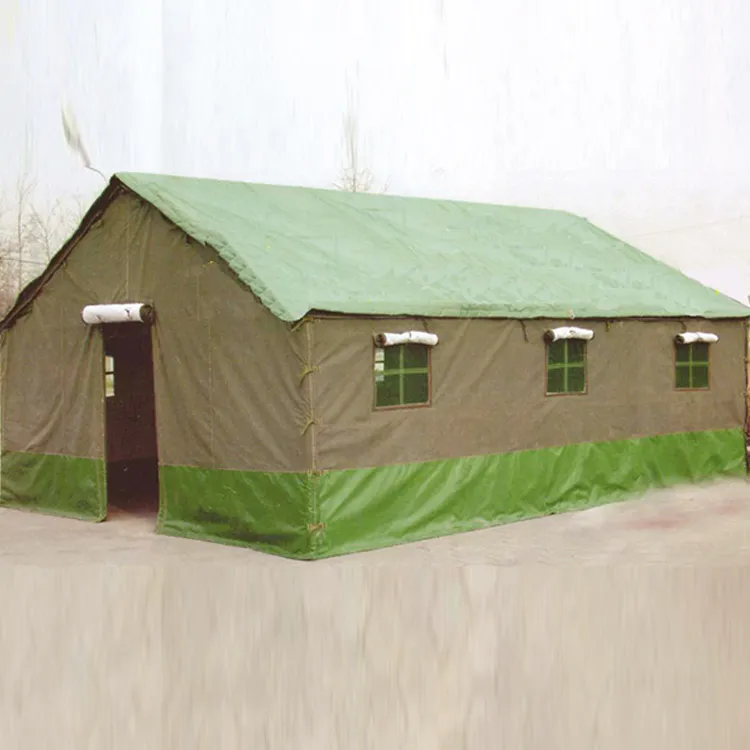Features and Benefits of a Standard Double Needle Sewing Machine
The Typical Double Needle Sewing Machine Features and Applications
A typical double needle sewing machine is a specialized piece of equipment that has gained popularity in the textile and garment industry. Unlike a single needle sewing machine, which uses one needle to create a single line of stitches, the double needle sewing machine employs two needles simultaneously. This innovative design allows for a variety of sewing techniques, making it an essential tool for both professional and home sewers alike.
Features of a Double Needle Sewing Machine
The hallmark feature of a double needle sewing machine is, of course, its dual needles. These needles are usually positioned closely together, allowing the user to sew two parallel lines of stitching at once. This feature not only saves time but also enhances the visual appeal of the finished product by adding a professional finish to seams, hems, and decorative elements.
Another significant advantage of this type of machine is the ability to create various stitch patterns. With the right adjustments and techniques, sewers can produce complex decorative stitches and use multiple thread colors, which can be particularly useful for quilting or creating detailed designs on garments. Most double needle sewing machines are compatible with various types of fabric, from lightweight materials like cotton to thicker fabrics like denim, thus broadening their scope of application.
Moreover, many modern double needle sewing machines come equipped with additional features such as adjustable stitch length and width, automatic needle threading, and computerized controls. These enhancements not only increase the efficiency of the sewing process but also allow for greater creativity and versatility in sewing projects.
typical double needle sewing machine

Applications of the Double Needle Sewing Machine
The applications of double needle sewing machines are extensive, particularly in the garment industry. They are commonly used in the production of knitwear, where the stretch of the fabric necessitates a secure seam that can withstand movement. The double needle technique provides the necessary elasticity while ensuring that the stitches remain intact, thus enhancing the durability of the garment.
In addition to knitwear, double needle sewing machines are also employed in the making of activewear, denim, and various forms of outerwear. The ability to produce parallel lines of stitching makes them ideal for creating decorative seams, which are often found on sportswear and fashion attire. Furthermore, this machine can be used for topstitching, which adds strength to the seams while also providing a polished look.
Beyond the clothing industry, double needle sewing machines are also utilized in home decor, such as making curtains, upholstery, and quilts. The dual stitching capabilities allow hobbyists to add intricate details to their projects, achieving a high-quality finish that replicates professional results. With the growing interest in DIY projects and sewing as a craft, these machines have become increasingly popular among home sewers.
Conclusion
In conclusion, the typical double needle sewing machine is a versatile and effective tool that has revolutionized the sewing industry. With its ability to produce parallel lines of stitching and accommodate a variety of fabrics, it is indispensable for both professional manufacturers and home sewing enthusiasts. The machine not only streamlines the sewing process but also opens up avenues for creativity and innovation in fabric design. Whether one is crafting garments, quilting, or creating home decor, a double needle sewing machine enhances the sewing experience, delivering quality results that stand the test of time. As sewing technology continues to evolve, the double needle machine will undoubtedly remain a vital resource in the sewing toolkit.
-
Leather Sewing Machine: The Industrial Standard for Tough MaterialsNewsJul.18,2025
-
Sail Making Machine: Heavy-Duty Stitching for Industrial and Marine NeedsNewsJul.18,2025
-
Sling Sewing Machine: The Backbone of Heavy-Duty FabricationNewsJul.18,2025
-
Leather Sewing Machine: Precision for Heavy-Duty StitchingNewsJul.18,2025
-
Big Bag Sewing Machine: Powering the Future of Bulk PackagingNewsJul.18,2025
-
FIBC Sewing Machine: Essential Equipment for Bulk Bag ProductionNewsJul.18,2025
-
Heavy Duty Leather Sewing Machine: A Must-Have for Professional LeatherworkNewsMay.28,2025





























